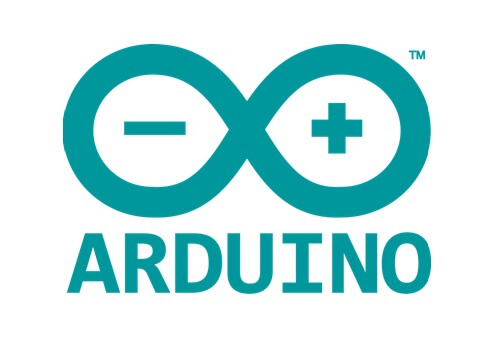Do you want to turn your curiosity into an executable object?
Or do you want to involve yourself to develop something really productive?
Well if so, then Arduino is surely a good place to start. Arduino is your source to learn circuits and microcontroller programming. Even a novice can develop an Arduino project with some understanding of its basics. Basically, Arduino is an open source electronic prototyping platform which is extremely easy to use and flexible hardware and software. Arduino is helpful for artists, designers, hobbyists and for anyone who wants to create some interactive objects for environment.
So you can pretty much convert anything into a moving workpiece with a simple Arduino project idea. But don’t worry if you haven’t used Arduino before, as we have a complete guide here for our first time users. Let’s have a look!
Some terms related to Arduino!
Microcontroller: Arduino is fundamentally a microcontroller on a circuit board that is responsible for receiving inputs and deriving outputs. And a Microcontroller as we all know is an integrated computer on an electronic chip.
Input form of Arduino: Some examples of inputs that Arduino accepts are a temperature sensor, a switch, a motion sensor, a distance sensor and many!
Output forms of Arduino : Some examples of outputs that Arduino derive are a light, a screen, a motor and so forth.
Where to get an Arduino Board!
To go ahead with Arduino, you need an Arduino board. And there are number of distributors available for Arduino boards online. These Arduino boards are grouped with some starter kits. These starter kits carry a wide variety of inputs, outputs, wires, resistors and breadboards. Breadboards are solderless circuit boards where you can plug your wires into.
These Arduino boards also come in different flavors but the most popular and handy Arduino board is Arduino UNO r3 board.
You can get a full list of distributors from Arduino Distributor page.
Now when you have everything from Arduino breadboard to required resistors to wires and everything, it’s time to install an Arduino software to your personal computer.
How to install an Arduino Software to a computer?
Step 1: Downloading the Arduino Software!
Go to the Arduino downloading page and get an Arduino software package for your operating system. Once you’ve completed your downloading, open your application you will get a text editor to type in the code for your Arduino project. This software is to control your microcontroller and the attached circuit components.
Step 2: Write your sketch!
The code that you write in Arduino IDE is known as sketch. To write your first sketch, go to
File – Examples – basics- BareMinimum. This will present you a small window having a small code. The needed code for your Arduino project will take place here to get you configured with the Arduino microcontroller and to run your program.
Beginners can take some idea for code from some already developed Arduino projects (2016) which are freely available at Youtube.
To connect your Arduino IDE with your Arduino UNO R3 board, you need a USB A to B cable which often comes with your starter kit but if it doesn’t come with it then you may already have this cable as this is the same we use with our printers.
So dear friends it is only the basics that I am covering in this post. There are a lot of things that you need to learn about circuits and luckily you will have all sorts of tutorials available online to help you learn and build new exciting things. Keep exploring readers!





